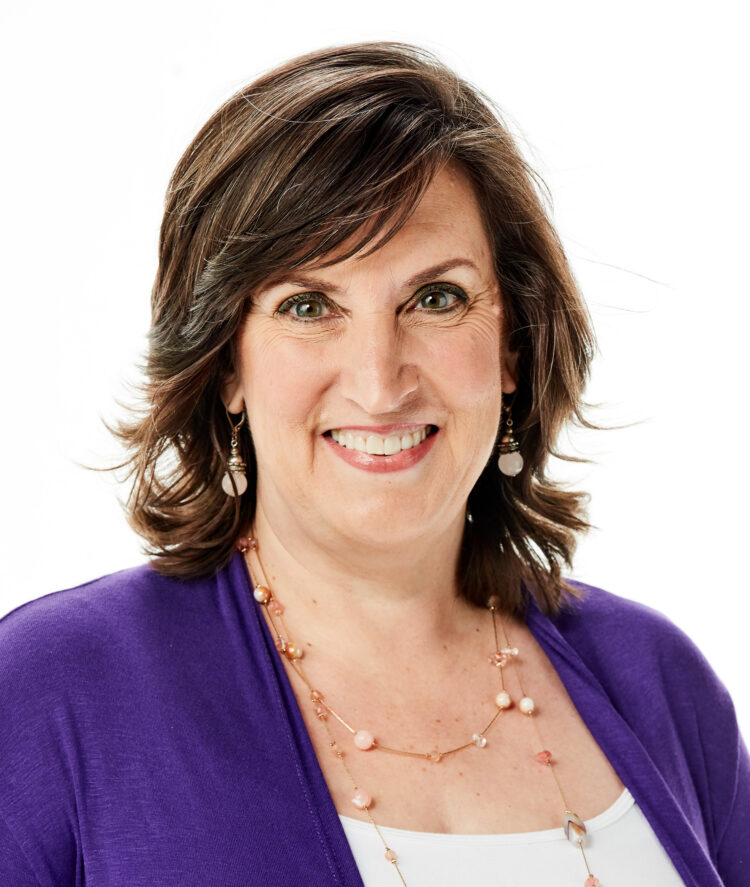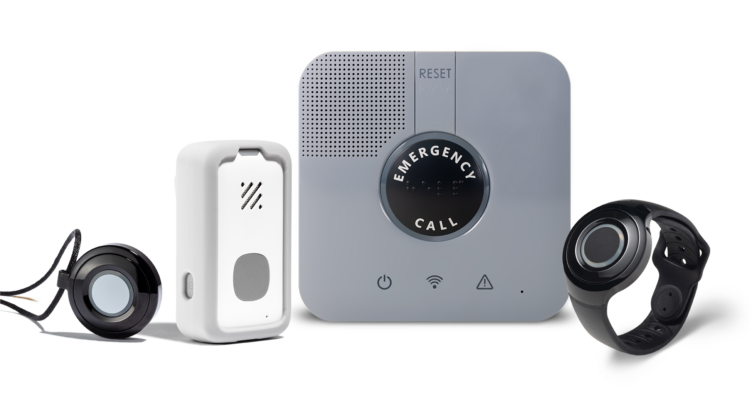While we all want the best for an aging loved one, the role of a caregiver can be complex. In fact, in many caregivers’ journeys there comes a point where an aging loved one’s need for support intersects with a caregiver’s own well-being.
Our first-ever Positive Aging Quotient sheds light on this important topic and examines the impacts of caregiving responsibilities on everyday life from work to mental health, and even distance to those they care for. The report reflects responses from a survey of more than 900 Americans, age 55+, who are current or future caregivers of an older adult.
While we all want the best for an aging loved one, the role of a caregiver can be complex. In fact, in many caregivers’ journeys there comes a point where an aging loved one’s need for support intersects with a caregiver’s own well-being.
Our first-ever Positive Aging Quotient sheds light on this important topic and examines the impacts of caregiving responsibilities on everyday life from work to mental health, and even distance to those they care for. The report reflects responses from a survey of more than 900 Americans, age 55+, who are current or future caregivers of an older adult.
While we all want the best for an aging loved one, the role of a caregiver can be complex. In fact, in many caregivers’ journeys there comes a point where an aging loved one’s need for support intersects with a caregiver’s own well-being.
Our first-ever Positive Aging Quotient sheds light on this important topic and examines the impacts of caregiving responsibilities on everyday life from work to mental health, and even distance to those they care for. The report reflects responses from a survey of more than 900 Americans, age 55+, who are current or future caregivers of an older adult.
While we all want the best for an aging loved one, the role of a caregiver can be complex. In fact, in many caregivers’ journeys there comes a point where an aging loved one’s need for support intersects with a caregiver’s own well-being.
Our first-ever Positive Aging Quotient sheds light on this important topic and examines the impacts of caregiving responsibilities on everyday life from work to mental health, and even distance to those they care for. The report reflects responses from a survey of more than 900 Americans, age 55+, who are current or future caregivers of an older adult.

The Caregiver Mindset
-
Distance is the largest contributing factor for current caregivers that feel stressed and caregivers who live 2-3 hours away experience the highest levels.
-
78% of current or future caregivers feel it is important to have the flexibility to work remotely.
-
1 in 4 caregivers have turned to professional support services like therapists or family counselors to help navigate conversations and situations.
-
While caregivers are stressed, 39% of current caregivers feel their bond with the aging adult in their life has been strengthened.
-
52% of current caregivers are being contacted at least once a day with needs or questions from those they provide care for.
Survey Methodology: From July 20-30, 2021 a survey was conducted by Age of Majority, receiving participation from 903 respondents, all age 55+. This included 500 current caregivers (of an older adult) and 403 self-identified future caregivers (based on the possibility of becoming a caregiver within 5 years).
LifeStation has partnered with Denise Brown, a professional caregiving coach, certified caregiving advocate and the founder of Caregiving.com (sold in 2020) to provide a real-world perspective and support for caregivers. Brown shares these tips to navigate caring for an older loved one.

Caregiver Tips for Daily Living
Tip 1: Use Check-In Call Services
WellChecks from LifeStation can call your caree on days you designate, so that you can focus on work. You can explain to your caree, “My work schedule is inconsistent and it’s important to me that we have a consistent check-in to make sure you’re okay. The service will call daily, and I’ll check in with you after dinner.” If your caree pushes back, then suggest a trial period of a month to see how you both like the service. During the trial period, regularly ask for feedback from your caree about the service so you better understand how to create buy-in so your caree agrees to continue to use the service.
Tip 2: Prioritize Self-Care
Self-care during a caregiving experience is different because the experience impacts our life so dramatically. Our self-care is really about our peace of mind, so cultivate a daily activity or a perspective that gives you peace of mind. Give daily thanks for relationships which love and support you. Stay present in life by saying “yes” to opportunities in your personal life and career.
Tip 3: Delegate Responsibilities
You may be the primary family member who manages the caregiving responsibilities, but you are not the only one who can take on caregiving tasks. Others can help by regularly visiting your caree, paying for care, researching options, preparing frozen meals, or ordering a weekly meal to be delivered. Friends or family members can manage lawn care, household repairs and snow removal at your caree’s house and at your house. You can also lean on a medical alert device with services available, such as providing location for independent loved ones or wellness check-in calls. These options keep others involved while giving you a break. You lead a team so be sure to delegate as needed.
Tip 4: Find Support Communities
Caregiving experiences can isolate us and be the cause of less time and energy. Our world gets smaller because of caregiving; our caree’s world gets smaller because of declines and health issues. Even worse, friends may not understand your stress if they aren’t managing caregiving responsibilities. Loneliness feels worse when we feel disconnected from others who understand. Research local and virtual support group options for yourself and check out options, including virtual, for your caree with the local senior center and other social service organizations.
To learn how our medical alert monitoring systems and connected health solutions can help you care for an aging loved one, click here.
